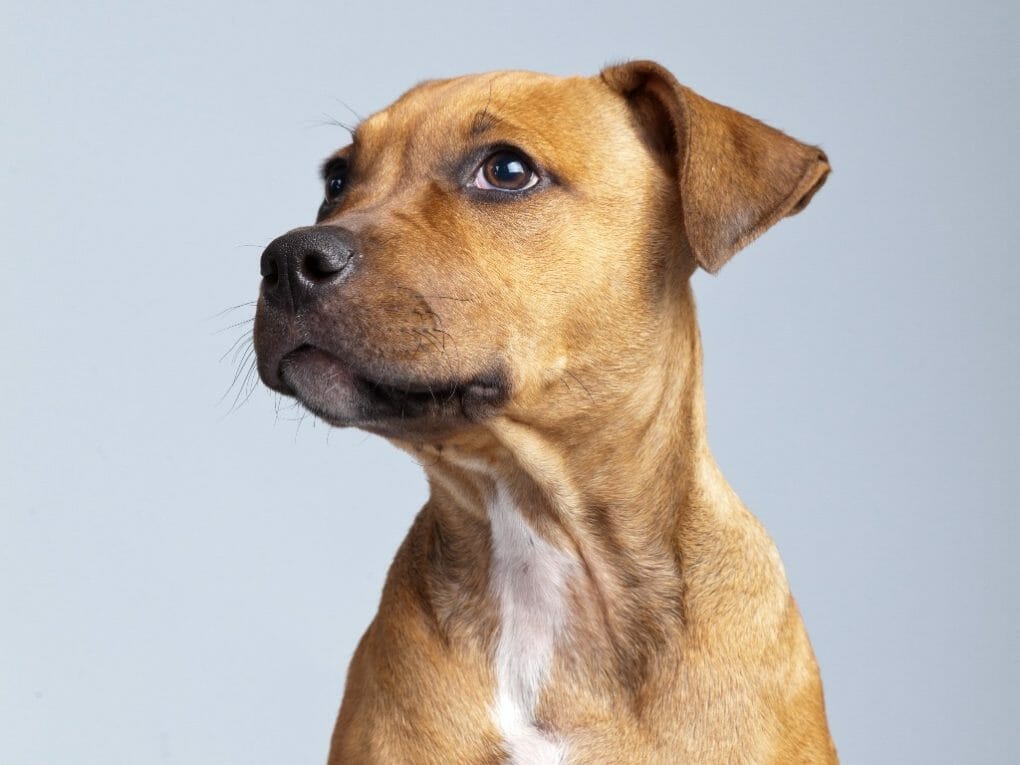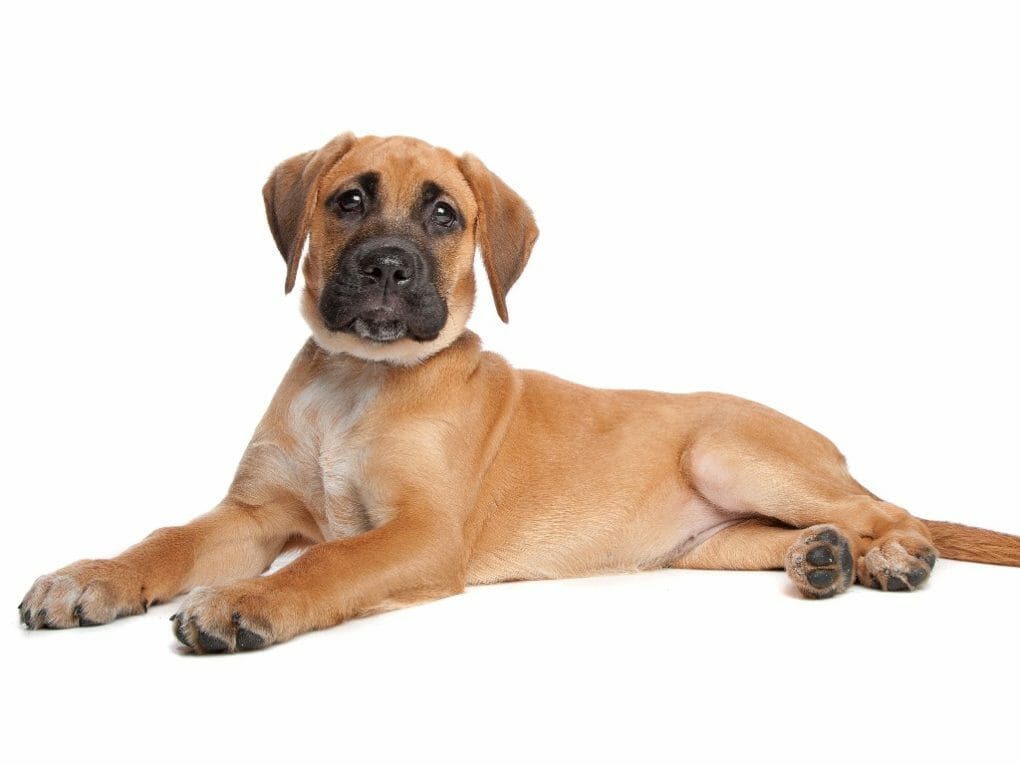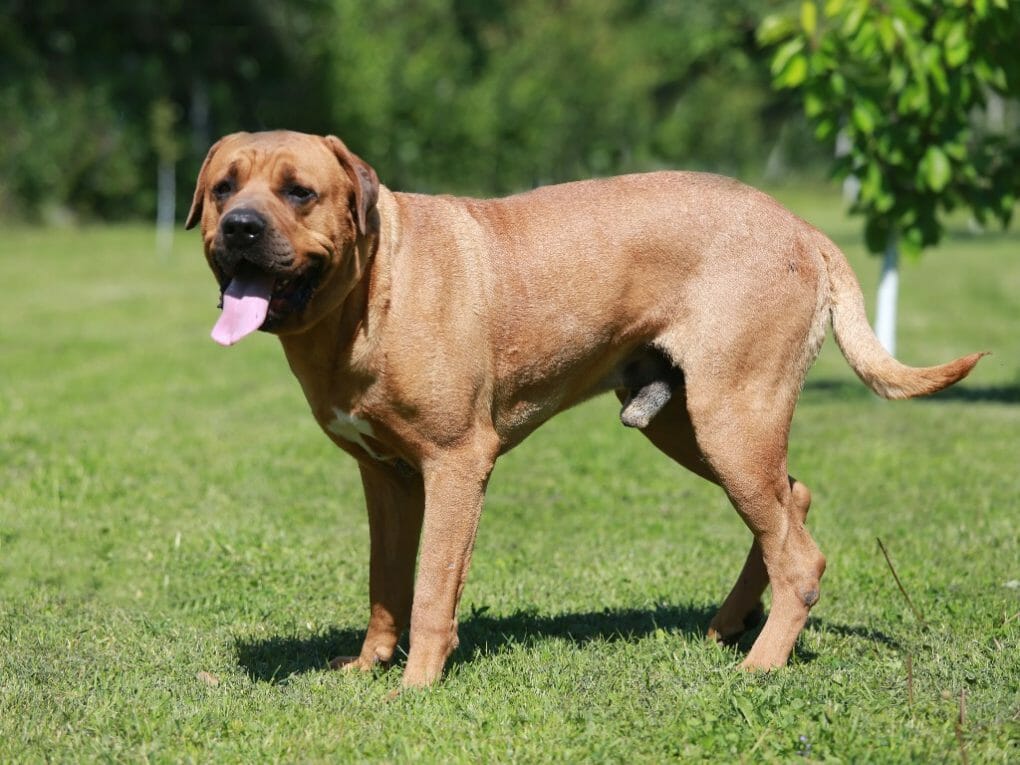Tosa Inu vs. Boerboel: Choose the Right Dog Breed for You


The Tosa Inu is a large, powerfully built dog breed in Japan. They are typically gentle and loyal dogs but can be protective of their family if needed. Boerboels are Dutch Mastiffs initially bred to guard livestock. They can be robust and have a severe temperament, making them less likely to be friendly with others than the Tosa Inu. They are also known to be quite lovely and social.
Table of Contents
Breed Origins
The Tosa Inu is typically smaller and quicker than the Boerboel, making it better for hunting small game like birds and rodents. They are taller than Boerboels and have thicker coats, making them excellent guard dogs and family pets. Additionally, they share some commonalities, such as being great hunters with strong hunting instincts.
On top of that, their temperament is gentle enough to make them good companions for children and adults alike!
The Boerboel is more skilled as a hunter and is better suited for guarding livestock. Both breeds make great family pets, but people should consider their individual needs when choosing one over the other.
The Tosa Inu is an excellent option if you’re in the market for a hunting dog. But, on the other hand, if you’re looking for a dog that will serve as a loyal guard dog, the Boerboel is a better choice.
Appearance
There are a lot of similarities between the Tosa Inu and Boerboel dog breeds, but there are also a few key differences that should be taken into account when choosing between the two.
For example, Tosa Inus are typically smaller than Boerboels, with a more delicate appearance. They come in all colors (from black to golden brown), have long or short hair, and can be found anywhere in the world.
They also have coats that can vary significantly in color – from solid to shaggy – and may have some markings. On the other hand, Boerboels weigh between 25-40 pounds on average, while the average weight for a Tosa Inu is between 25-40 pounds.
Additionally, Boerboels typically have a more boisterous temperament, while Tosa Inus are typically more calm and gentle. So, if you’re looking for a great family dog that is also relatively easy to train, the Tosa Inu is a great choice.
Both breeds are loyal companions who love spending time with their families – Tosa Inus being more independent, while Boerboels tend to be friendlier social animals. Tosa Inus are known for their gentle temperament, which makes them great family dogs overall.
Exercise Needs


Tosa Inus, commonly known as Boerboels, are bred for working in herds, requiring much more physical activity than standard dog breeds. So if you’re exercising your dog regularly, ensure their exercise routine includes walks and playtime! Both dogs need exercise, but each has its own unique needs.
For example, Tosa Inus must walk at least twice daily for 30 minutes – the equivalent of an hour of weekday errands!
Boerboels, on the other hand, are bred for meat production and don’t require as much exercise as the Tosa Inu. They make great family pets but need space to run around – at least 120 square feet per animal is recommended.
Like all dogs, they also need to play fetch and hike regularly to keep them entertained. Unfortunately, Tosa Inus are not quite as active as Boerboels and don’t require the same running daily. These dogs also have lots of energy and love to work outdoors, making them perfect for people who want a dog that can help in various household tasks, like guarding property or hunting games.
Grooming Requirements
Tosa Inu
Tosa Inu are active dogs that must be taken for walks and played with regularly. If left ungroomed, their dense coats can become oily and matted, which can lead to skin problems in the long run.
It is, therefore, essential to groom your Tosa Inu as often as necessary to keep it clean and healthy. The coat should not be shaved too closely, leaving bald patches on the dog’s skin.
Groomers generally recommend brushing the dog at least once a week, but more often if its coat is especially heavy or dirty.
Boerboel
There are a few things to keep in mind regarding Boerboel care.
- Firstly, their coat is dense and needs minimal brushing – similar to human hair.
- Secondly, they require more exercise than the Tosa Inu and need to be taken for walks frequently.
- Thirdly, their coat is more extended, requiring regular brushing; you might even find them tangled easily!
- Fourthly, it would help if you also groomed their shorter tail regularly – this will help control possible dog fouling issues.
Health Problems
Tosa Inu
Tosa Inus are more prone to hip dysplasia, while Boerboels commonly suffer from heart disease and cancer. So if you’re in the market for a dog, you’ll want to know the differences in health problems between the Tosa Inu and Boerboel. So many health problems can occur between these two breeds of dogs, so do your research to ensure you’re getting the best possible pet for your home.
Boerboel
Boerboels also tend to have a higher incidence of hip dysplasia (a condition in which the ball and socket joint between the femur (thighbone) and tibia (shinbone) is dislocated), gastric torsion (when the stomach twists on itself), and bloat (an enlargement of the abdomen due to gas buildup). Tosa Inus – another name for this breed – are considered easier to train than Boers, but you can teach both basic obedience commands.
However, they are highly susceptible to developing gastric torsion if not adequately supervised when eating large meals or drinking water from pools or lakes.
Temperament


Tosa Inu
The Tosa Inu is a dog known for its gentle and calm temperament. Tosa Inus are typically considered to be the gentle giants of the dog world. They make great family pets and are known for their warm personalities, making them perfect for family life and those looking for a guard dog or one to protect their property.
Boerboel
Boerboel dogs are excellent guard dogs. They are protective and aggressive when needed but can also be gentle with people if trained correctly. While the Boerboel is more aggressive, this breed can be quite docile when appropriately raised.
